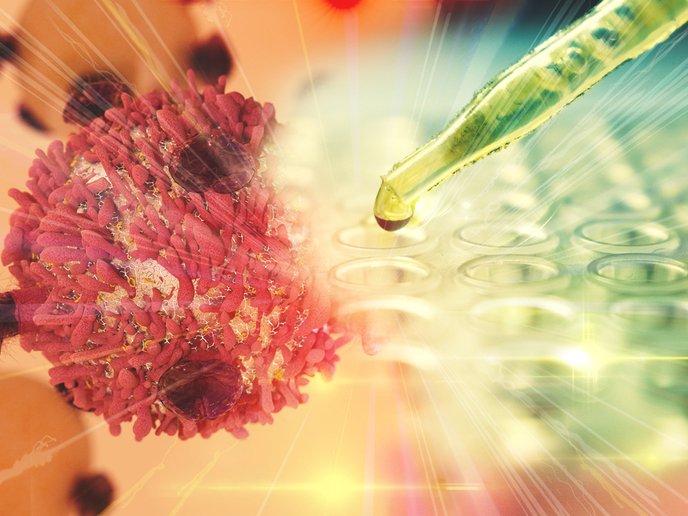Investigating Duchenne muscular dystrophy
DMD is caused by mutations in the dystrophin gene that encodes an essential component of muscle maintenance. Dystrophin is part of a protein complex that links the act in filaments to the extracellular matrix. The precise relationship between the absence of dystrophin and the degeneration of muscle is not understood. Current DMD treatment entails the administration of corticoids that slow down muscle degradation and alleviate patient symptoms. This is by no means a therapy, as affected individuals eventually lose the ability to breathe and succumb by the age of 30. Emerging evidence highlights the role of calcium ions in the death of DMD muscle fibres. The enzyme phospholipase A2 (PLA2) appears to play a role in this elevated cytosolic calcium and to increase inflammation. Coupled with the elevated PLA2 levels observed in DMD patients, inhibition of PLA2 activity has been suggested as a potential strategy for reducing inflammation. There are three types of PLA2 enzymes: cytosolic, independent of calcium and secreted (sPLA2). The scope of the EU-funded FRZDMD project was to determine which isoform of PLA2 is responsible for the cytosolic calcium imbalance and cell death of DMD muscle fibres. To this end, scientists investigated the expression of the different PLA2 enzymes in DMD cells to find quantitative differences compared to normal muscle fibres. In particular, sPLA2 was shown to impact the differentiation of DMD cells by regulating the expression of myogenin and other hypertrophic factors. Inhibition of PLA2 activity resulted in bigger myotubes in vitro, suggesting a putative role in muscle differentiation. FRZDMD findings clearly underscore the role of sPLA2 in DMD pathology. However, it remains to be determined if sPLA2 inhibition would benefit DMD patients and could be developed as a treatment strategy.
Keywords
Duchenne muscular dystrophy, muscle degradation, calcium, phospholipase A2







